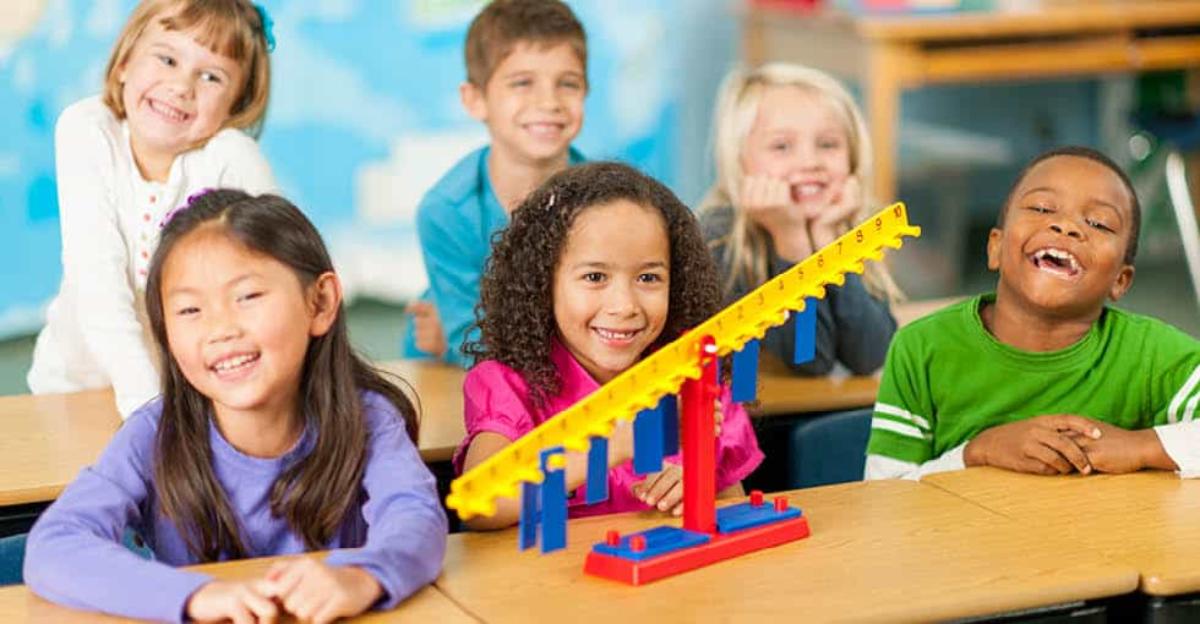By: Megan Finesilver, M.Ed.
Math is a subject that I never excelled in during my own early education. The struggles and frustrations that I felt in failing to see how math related to my life fuels my quest to alleviate the frustrations of my current second grade students. In order to reach those children who don’t ‘just get math’, I utilize hands-on learning techniques whenever possible. Working with engaging manipulatives allows students to see how math applies to real life. They can feel it, change it, and create new problems on their own. They become empowered to direct their own learning, and, once a concept is mastered they often become teachers to their own peers.
Multiplication
In the beginning of the second grade school year, my students jump right into multiplication via arrays. I let them choose from an assortment of developmentally appropriate manipulatives from my math bin: plastic rings, erasers, worms, or small blocks. Then I give them a multiplication flash card. Voila! The plastic items quickly become multiplication visuals as they make their arrays. I start with small numbers, 2 x 2, 3 x 3, but students immediately begin to request larger numbers to really challenge themselves. I am always so proud when I see the enthusiasm and initiative in the faces of my budding mathematicians!
Analog Clocks
Another manipulative they love to use is the student analog clocks. Recently, my students mastered telling time to the quarter of an hour as well as to the minute. The versatility of the analog clocks is apparent as they can be utilized for math standards throughout the early education grades. Often times, my students will ask to quiz each other with the analog clocks during their free choice time. I’m amazed that they choose to play with the clocks rather than traditional games or building materials!
Colored Tiles
One of the simplest and most multi-purpose manipulatives I routinely use in my math classes are basic colored tiles. Color tiles can be used for shape identification, patterns, and counting for early learners and continue as a helpful tool for fractions as children get older. Visualizing fractions is one of the most difficult abstract concepts for young minds to master. By dividing ‘pizzas’ or ‘cakes’ into equal slices and distributing them within the group, it puts the concept into a different perspective and adds functionality to the lesson. Innovative art and mathematical thinking skills combine when students are given the opportunity to create new shapes and artistic masterpieces with the tiles. Students in my class especially like to make animal shapes out of the tiles.
Games
Dice games, flash cards, and Math Bingo are just a few classic manipulatives that never seem to go out of style. I love playing these games because it allows students to work together on building math concepts and social skills. (They think they’re just playing!) These games always seem to bring out the competitive side of children and challenge them to expand their problem solving skills. Creative minded educators find math manipulatives anywhere! Utilizing them with an enthusiastic attitude is the final component to an educational and fun math experience!






Leave a Reply